#tech gifs
Text


strawberryjam1986 on ig
#tech#keyboard#stim#sensory#satisfying#mypost#mygifs#purple#light#glow#rgb lights#typing#technology#long nails
79 notes
·
View notes
Text
Omega: * shows that he can play strategy, calmly shoots a blaster, uses wit and can gamble*
The Dad Batch:

#the bad batch#star wars#tbb#star wars the bad batch#tbb crosshair#bad batch#tech#the bad batch crosshair#omega#the bad batch hunter#wrecker tbb
34 notes
·
View notes
Text

#animated gif#animated gifs#gif#gifs#old advertisements#old ads#retro#vhs#computers#80's#old tech#old computers#tech#animation#animated#cartoon#living room#wireframe#80s
18 notes
·
View notes
Text
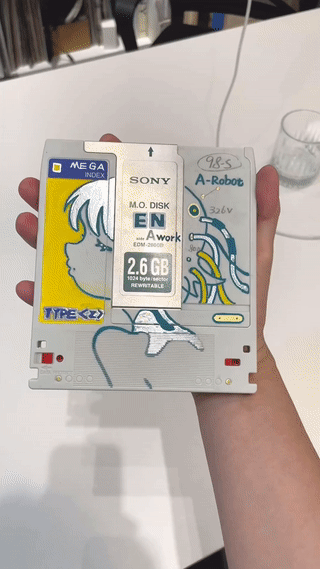

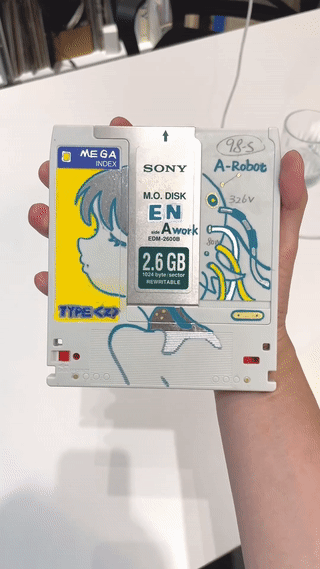

💿 | source
#mod rui [🍡]#stim#stim gif#sensory#disc#art#yellow#green#white#blue#silver#tech#techcore#hands cw#queue'd
8K notes
·
View notes
Text

What We Learned from Flying a Helicopter on Mars
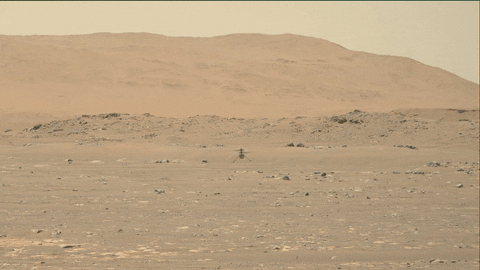
The Ingenuity Mars Helicopter made history – not only as the first aircraft to perform powered, controlled flight on another world – but also for exceeding expectations, pushing the limits, and setting the stage for future NASA aerial exploration of other worlds.
Built as a technology demonstration designed to perform up to five experimental test flights over 30 days, Ingenuity performed flight operations from the Martian surface for almost three years. The helicopter ended its mission on Jan. 25, 2024, after sustaining damage to its rotor blades during its 72nd flight.
So, what did we learn from this small but mighty helicopter?
We can fly rotorcraft in the thin atmosphere of other planets.
Ingenuity proved that powered, controlled flight is possible on other worlds when it took to the Martian skies for the first time on April 19, 2021.
Flying on planets like Mars is no easy feat: The Red Planet has a significantly lower gravity – one-third that of Earth’s – and an extremely thin atmosphere, with only 1% the pressure at the surface compared to our planet. This means there are relatively few air molecules with which Ingenuity’s two 4-foot-wide (1.2-meter-wide) rotor blades can interact to achieve flight.
Ingenuity performed several flights dedicated to understanding key aerodynamic effects and how they interact with the structure and control system of the helicopter, providing us with a treasure-trove of data on how aircraft fly in the Martian atmosphere.
Now, we can use this knowledge to directly improve performance and reduce risk on future planetary aerial vehicles.

Creative solutions and “ingenuity” kept the helicopter flying longer than expected.
Over an extended mission that lasted for almost 1,000 Martian days (more than 33 times longer than originally planned), Ingenuity was upgraded with the ability to autonomously choose landing sites in treacherous terrain, dealt with a dead sensor, dusted itself off after dust storms, operated from 48 different airfields, performed three emergency landings, and survived a frigid Martian winter.
Fun fact: To keep costs low, the helicopter contained many off-the-shelf-commercial parts from the smartphone industry - parts that had never been tested in deep space. Those parts also surpassed expectations, proving durable throughout Ingenuity’s extended mission, and can inform future budget-conscious hardware solutions.

There is value in adding an aerial dimension to interplanetary surface missions.
Ingenuity traveled to Mars on the belly of the Perseverance rover, which served as the communications relay for Ingenuity and, therefore, was its constant companion. The helicopter also proved itself a helpful scout to the rover.
After its initial five flights in 2021, Ingenuity transitioned to an “operations demonstration,” serving as Perseverance’s eyes in the sky as it scouted science targets, potential rover routes, and inaccessible features, while also capturing stereo images for digital elevation maps.
Airborne assets like Ingenuity unlock a new dimension of exploration on Mars that we did not yet have – providing more pixels per meter of resolution for imaging than an orbiter and exploring locations a rover cannot reach.

Tech demos can pay off big time.
Ingenuity was flown as a technology demonstration payload on the Mars 2020 mission, and was a high risk, high reward, low-cost endeavor that paid off big. The data collected by the helicopter will be analyzed for years to come and will benefit future Mars and other planetary missions.
Just as the Sojourner rover led to the MER-class (Spirit and Opportunity) rovers, and the MSL-class (Curiosity and Perseverance) rovers, the team believes Ingenuity’s success will lead to future fleets of aircraft at Mars.
In general, NASA’s Technology Demonstration Missions test and advance new technologies, and then transition those capabilities to NASA missions, industry, and other government agencies. Chosen technologies are thoroughly ground- and flight-tested in relevant operating environments — reducing risks to future flight missions, gaining operational heritage and continuing NASA’s long history as a technological leader.
youtube
You can fall in love with robots on another planet.
Following in the tracks of beloved Martian rovers, the Ingenuity Mars Helicopter built up a worldwide fanbase. The Ingenuity team and public awaited every single flight with anticipation, awe, humor, and hope.
Check out #ThanksIngenuity on social media to see what’s been said about the helicopter’s accomplishments.
youtube
Learn more about Ingenuity’s accomplishments here. And make sure to follow us on Tumblr for your regular dose of space!
4K notes
·
View notes
Photo

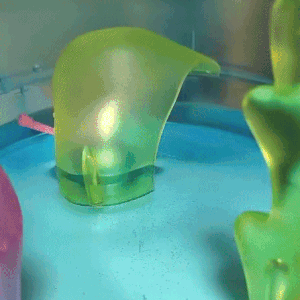
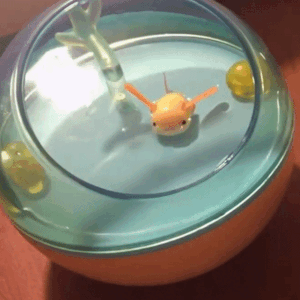
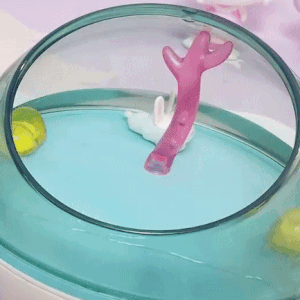
mutsu water looper !! they’re like a mix of a virtual pet and a water toy, they are shy at first like a real pet, but when you keep playing with them they will warm up to you !!!
source | source | source | source
#stim#stimmy#satisfying#gifset#gif#mutsu water looper#toys#toycore#kidcore#tech stim#tech#penguin#fish#bunny#water#eyestrain#blue#white#ruby gifs
17K notes
·
View notes
Text
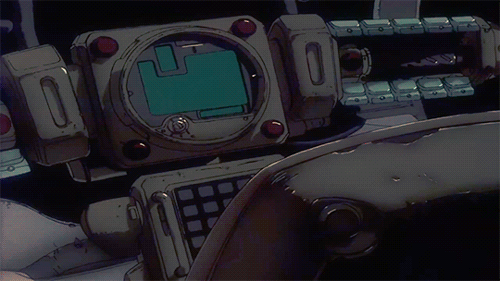
#anime#anime gif#gif#anime art#animecore#anime aesthetic#vaporwave#synthwave#retrowave#retrofuture#cyberpunk#80s aesthetic#1980s#1980s aesthetic#80s#aes#aesthetic#retro#neon#art#vhs#aesthetics#neonnoir#noir#retro tech#tech#futurewave#retro futurism#futurism#future
2K notes
·
View notes
Text


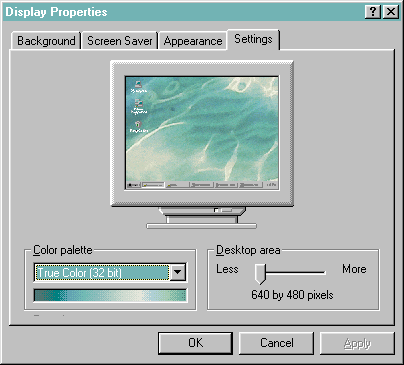
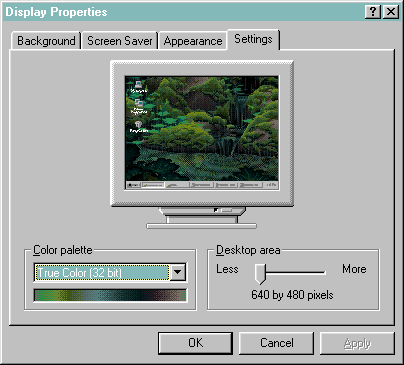


instagram: cheri.png
#I cannot wait for you to see this#this was a nice curation#been saving them#display properties#screensaver#windows 95#windows 98#old internet#old web#00s#y2k#2000s#cyber y2k#moodboard#cybercore#cyber core#tech#gif#windows#microsoft#vaporwave#old tech#vintage tech#y2k blog#techcore#nostaliga#y2k nostalgia#curators on tumblr#user interface#old windows
7K notes
·
View notes
Photo

helloooo? 2005??
#pixel art#pixels#pixelins#flip phone#smiley#90s#00s#aesthetic#lofi aesthetic#moss#plants#dystopia#tech#artists on tumblr#old tech#glitch
8K notes
·
View notes
Photo

5K notes
·
View notes
Text


mango.keebs on ig
25 notes
·
View notes
Text






#aesthetic#kawaii#weebcore#webcore#animecore#otakucore#neetcore#00s#2000s#2000s core#nostalgiacore#y2k#hello kitty#cute aesthetic#pink aesthetic#softcore#sanrio#sanriocore#tech#old tech#old web#old internet#hello kitty#pusheen#cat#nekocore#nekomimi#png#pinkcore#y2k core
4K notes
·
View notes
Text




STAR WARS: THE BAD BATCH 2.02 "Ruins of War" & 2.09 "The Crossing" | 3.07 "Extraction"
#clown makeup ON#tbb spoilers#tbbedit#swedit#starwarsedit#swanimation#filmtvcentral#swsource#userbariss#tbb#the bad batch#tech#tbb tech#clone x#by me*#i know this is probably nothing but i was having flashbacks the entire time#reposting bc it did not show up in ANY of the tags for some reason. functional website.
1K notes
·
View notes
Text
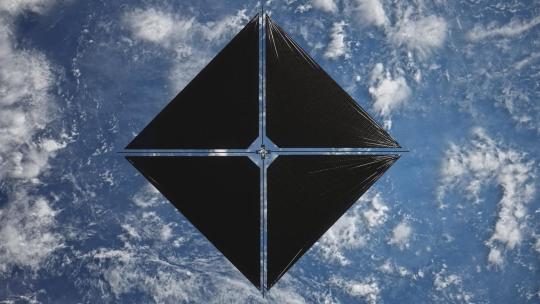
Setting Sail to Travel Through Space: 5 Things to Know about our New Mission
Our Advanced Composite Solar Sail System will launch aboard Rocket Lab’s Electron rocket from the company’s Launch Complex 1 in Māhia, New Zealand no earlier than April 23, at 6 p.m. EDT. This mission will demonstrate the use of innovative materials and structures to deploy a next-generation solar sail from a CubeSat in low Earth orbit.
Here are five things to know about this upcoming mission:
1. Sailing on Sunshine
Solar sails use the pressure of sunlight for propulsion much like sailboats harness the wind, eliminating the need for rocket fuel after the spacecraft has launched. If all goes according to plan, this technology demonstration will help us test how the solar sail shape and design work in different orbits.

2. Small Package, Big Impact
The Advanced Composite Solar Sail System spacecraft is a CubeSat the size of a microwave, but when the package inside is fully unfurled, it will measure about 860 square feet (80 square meters) which is about the size of six parking spots. Once fully deployed, it will be the biggest, functional solar sail system – capable of controlled propulsion maneuvers – to be tested in space.

3. Second NASA Solar Sail in Space
If successful, the Advanced Composite Solar Sail System will be the second NASA solar sail to deploy in space, and not only will it be much larger, but this system will also test navigation capabilities to change the spacecraft’s orbit. This will help us gather data for future missions with even larger sails.

4. BOOM: Stronger, Lighter Booms
Just like a sailboat mast supports its cloth sails, a solar sail has support beams called booms that provide structure. The Advanced Composite Solar Sail System mission’s primary objective is to deploy a new type of boom. These booms are made from flexible polymer and carbon fiber materials that are stiffer and 75% lighter than previous boom designs. They can also be flattened and rolled like a tape measure. Two booms spanning the diagonal of the square (23 feet or about 7 meters in length) could be rolled up and fit into the palm of your hand!

5. It’s a bird...it’s a plane...it’s our solar sail!
About one to two months after launch, the Advanced Composite Solar Sail System spacecraft will deploy its booms and unfurl its solar sail. Because of its large size and reflective material, the spacecraft may be visible from Earth with the naked eye if the lighting conditions and orientation are just right!
To learn more about this mission that will inform future space travel and expand our understanding of our Sun and solar system, visit https://www.nasa.gov/mission/acs3/.
Make sure to follow us on Tumblr for your regular dose of space!
1K notes
·
View notes
Photo



petal-chi !! a robot flower that you can ‘water’ and grows up to 3 stages !
source | source
#stim#stimmy#satisfying#gifset#gif#petalchi#robot stim#robot#tech stim#tech#2000s nostalgia#nostalgiacore#kidcore#toys#toycore#flashing lights#pulsing lights#hands#orange#green#white#ruby gifs
5K notes
·
View notes
